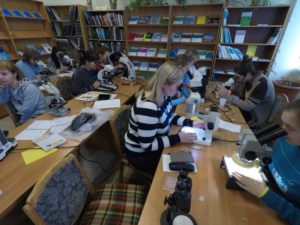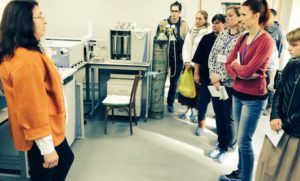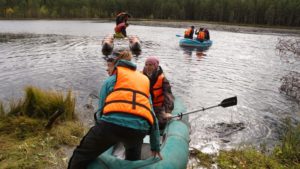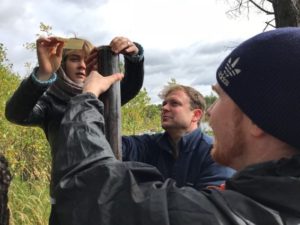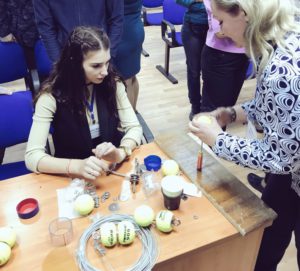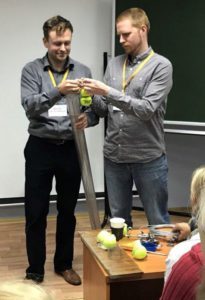Author: Dr Maarten van Hardenbroek, Newcastle University
The vast landmass of Siberia and the Russian Far East (SRFE) stores carbon in its forests, soils and peatlands, and its response to rapid climate warming is of global importance. Unfortunately, long-term records of climate and environmental change in the region are few and far between. This means that it is almost impossible to compare model output of past climate change with climate reconstructions. Such comparisons are crucial for understanding how well climate models simulate different aspects of the climate system, which is fundamental for making predictions for the future.
One of the reasons for the lack of high-resolution climate reconstructions is that large part of SRFE are inaccessible (or very challenging to get to). Field expeditions to collect samples and laboratory analyses of these samples are expensive and are more likely to happen in larger (international) consortia that share costs and make efficient use of resources. To connect multiple institutions in SRFE and the UK, the “DIMA Network” was created during an initial workshop in Magadan in March 2018.

As a means to realise more studies of long-term environmental change in SRFE, a summer school was organised to introduce innovative techniques to Russian early career researchers.

DIMA stands for Developing Innovative Multi-proxy Analyses – in Siberia and the Russian Far East, and the DIMA Network has already grown since its start in March 2018. The group now consists of 15 institutions in SRFE and 3 in the UK, and the summer school was attended by a total of 30 palaeoenvironmental scientists from Russia and 6 from the UK. The summer school was also picked up by the local news!

News item on local Tomsk television station about the summer school.
Training during the summer school included several laboratory techniques: analysis of charcoal, chironomids, and stable isotopes, and different methods to date samples using radiocarbon dating, tephra, and spheroidal carbonaceous particles (which indicate the onset of industrialization).
Laboratory training in the analysis of chironomids (left) and stable isotopes right).
In addition, the summer school looked at basic field sampling techniques: taking water and sediment samples, coring techniques, subsampling sediment cores, description of the study lake and its surroundings.
Field sampling on Lake Ushataika (left) and subsampling of sediment cores (right).
As part of the course, participants constructed a low-cost sediment corer, following a design by LacCore. This corer was baptised ‘Wimbledon corer’ because of the two tennis balls used as piston.
Making low-cost ‘Wimbledon’ piston corers for collecting surface sediments.
Apart from training activities, time was set aside for the planning of manuscripts that are to appear in a themed issue of the journal BOREAS. This is an important step in making more SRFE datasets available internationally. Plans are underway to create a DIMA Network website in English and Russian. Further discussion also highlighted challenges in applying for funding in Russia for future joint research projects, and how these might partly be overcome by applying as a larger consortium of research groups.
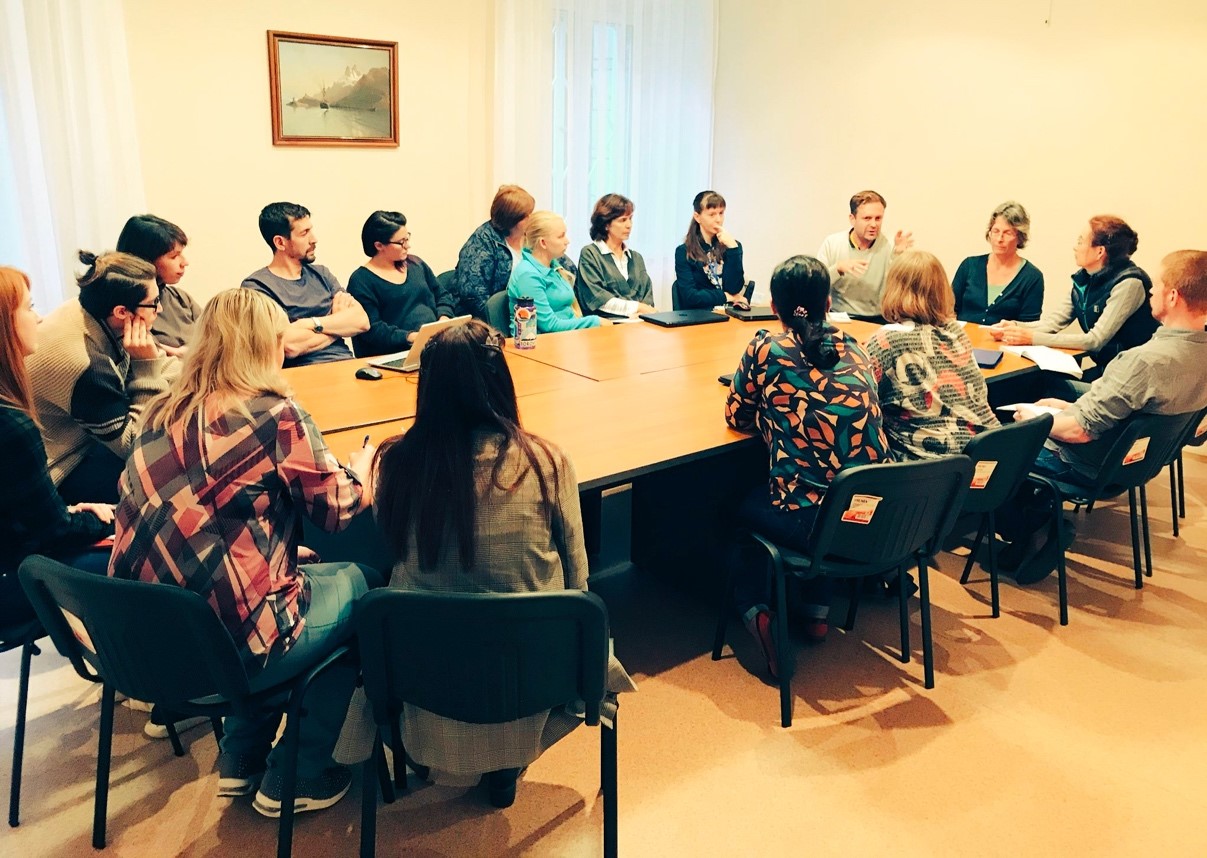
The summer school was funded through the Foreign and Commonwealth Office’s Global Britain Fund. Funding over the next two years for more workshops and training visits by early career researchers has been secured via the NERC Global Partnerships Seedcorn Fund.
The DIMA Network is open to any UK scientists interested in collaborating with Russian investigators on long-term environmental change in SRFE. Further information can be obtained from Dr Maarten van Hardenbroek (maarten.vanhardenbroek@newcastle.ac.uk) or Prof. Mary Edwards (m.e.edwards@soton.ac.uk).
Twitter: @DIMAnetwork
